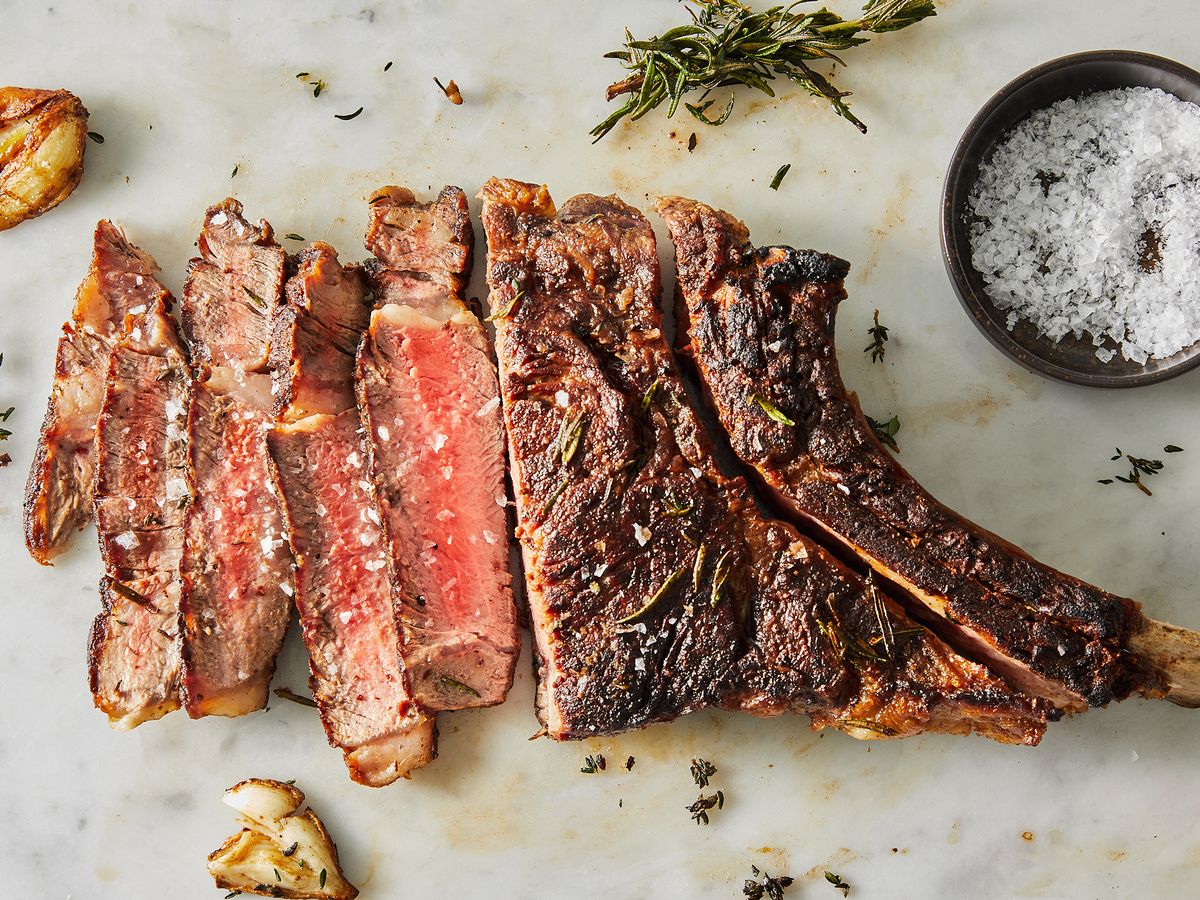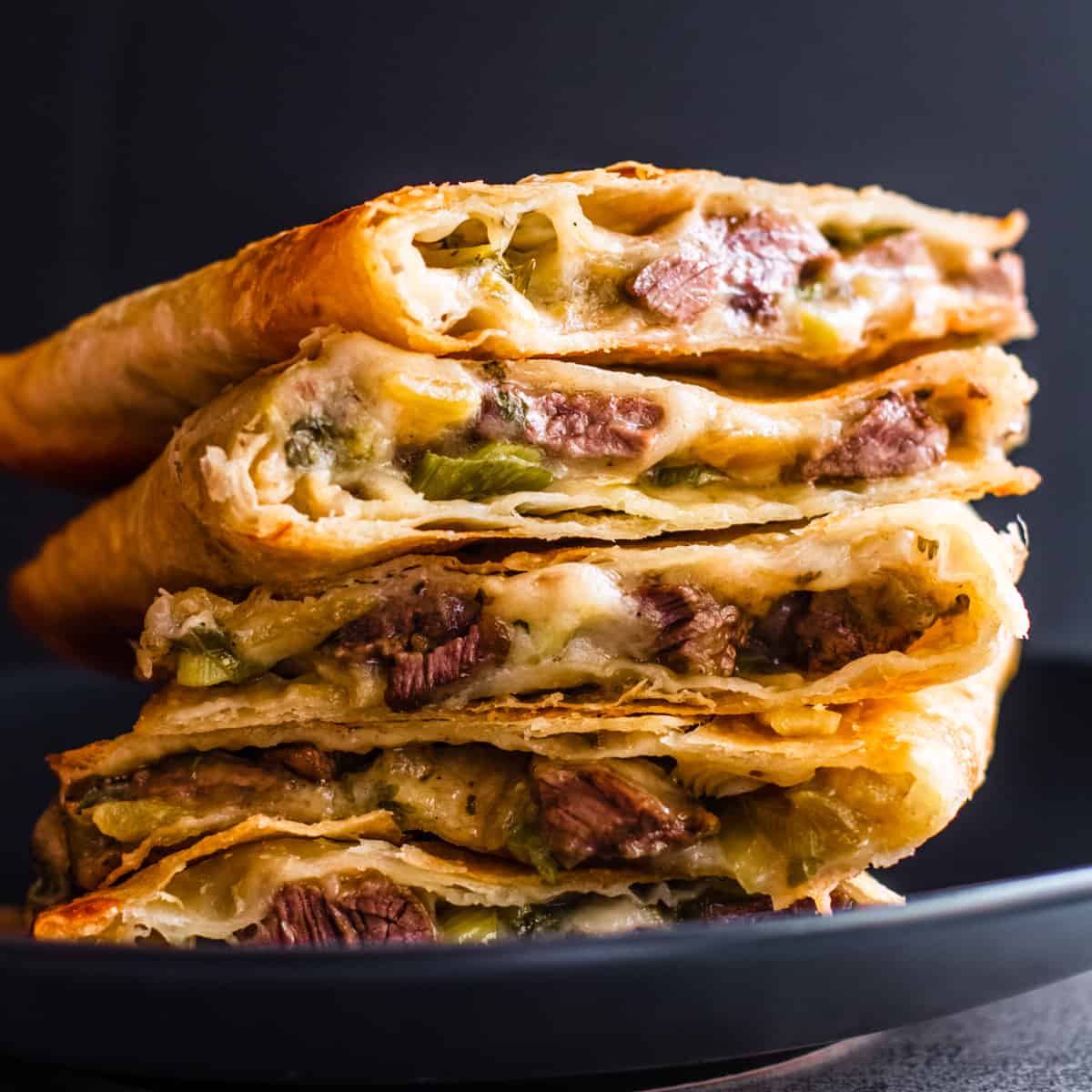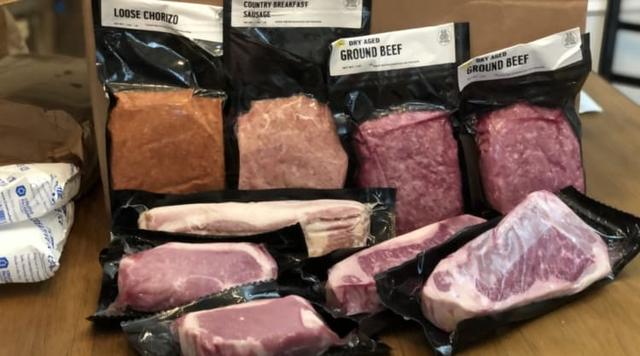
The fascinating world of Japanese sake presents one of the most commonly asked questions among beverage enthusiasts: “What does sake taste like?” The answer is both simple and wonderfully complex: sake is a chameleon of flavors, offering everything from fruit-forward brightness to deep umami richness. This comprehensive guide explores the intricate taste profiles of sake and reveals what makes this Japanese beverage so uniquely captivating.
What Does Sake Taste Like?
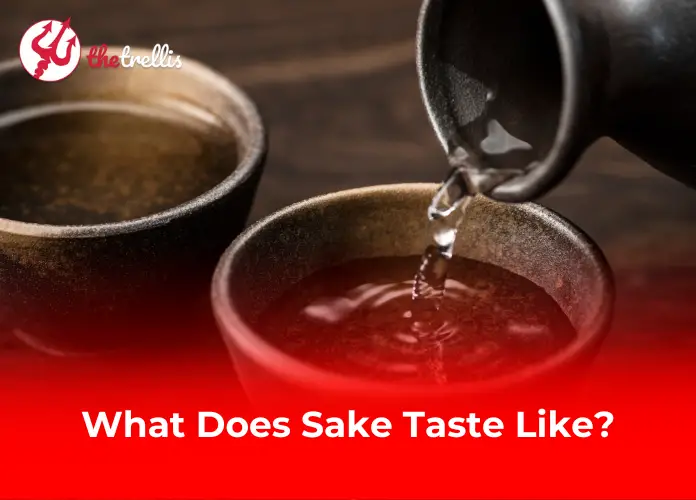
The Essence of Sake’s Taste
At its core, Japanese sake is an alcoholic beverage made from four primary ingredients: rice, water, koji (a type of mold), and yeast. With an alcohol content typically ranging from 15-16%, it sits comfortably between wine and spirits in terms of potency. But what does good sake taste like? Let’s dive into the fundamental characteristics that define quality sake.
The Building Blocks of Sake’s Flavor
Good sake presents a harmonious balance of several key elements:
- Sweetness: Ranging from bone-dry to notably sweet
- Acidity: Generally lower than wine but higher than beer
- Umami: A savory depth thanks to high amino acid content
- Body: Can be light and crisp or full and rich
- Finish: Usually clean and smooth with varying lengths
Unlike other alcoholic beverages, sake possesses a unique ability to enhance food flavors through its significant umami content, making it an exceptional pairing partner for various cuisines.
The Spectrum of Sake Flavors
Fruity and Floral Notes
Premium sake, particularly ginjo and daiginjo varieties, often showcases an impressive array of fruit-like flavors:
- Apple and pear (most common)
- Banana and melon
- Strawberry and other berries
- Tropical fruits like pineapple and mango
- Citrus notes including mandarin and lemon
These flavors aren’t added – they’re natural byproducts of the fermentation process and the specific yeasts used in brewing.
Earthy and Savory Elements
Many traditional sake styles offer more grounded flavor profiles:
- Mushroom-like umami
- Mineral qualities
- Fresh rice notes
- Toasted grain
- Nutty undertones
Complex and Aged Characteristics
Aged sake and certain brewing styles can produce more complex flavors:
- Caramel and honey notes
- Dried fruit
- Roasted nuts
- Soy sauce-like depth
- Woody or cedar elements
What Does Hot Sake Taste Like?

What Does Hot Sake Taste Like?
One of sake’s most fascinating characteristics is how its flavor profile changes with temperature. Hot sake (typically served between 35-45°C/95-113°F) presents a completely different experience from its chilled counterpart.
The Transformation of Heat
When sake is warmed, you’ll notice:
- Enhanced aromatics
- Mellower flavor profiles
- More pronounced umami
- Smoother texture
- Reduced perception of alcohol
Hot sake is particularly enjoyable with:
- Full-bodied junmai varieties
- Well-aged sake
- Rich, umami-forward styles
The warmth tends to round out sharp edges and bring forward the sake’s deeper characteristics, making it perfect for cold weather enjoyment.
The Impact of Brewing Styles on Taste
Premium Sake Varieties
Junmai Daiginjo
- Highly polished rice (at least 50% removed)
- Elegant, refined flavors
- Pronounced fruit and floral notes
- Clean, crisp finish
Ginjo
- More accessible than Daiginjo
- Bright, fruity characteristics
- Light and refreshing
- Subtle complexity
Junmai
- Pure rice sake
- Full-bodied
- Rich in umami
- Versatile serving temperatures
Special Types
Nigori (Cloudy Sake)
- Creamy texture
- Sweet rice flavors
- Robust body
- Often higher in alcohol
Namazake (Unpasteurized)
- Fresh, vibrant taste
- Sometimes slightly effervescent
- More pronounced acidity
- Bright flavor profile
Factors Affecting Sake’s Taste
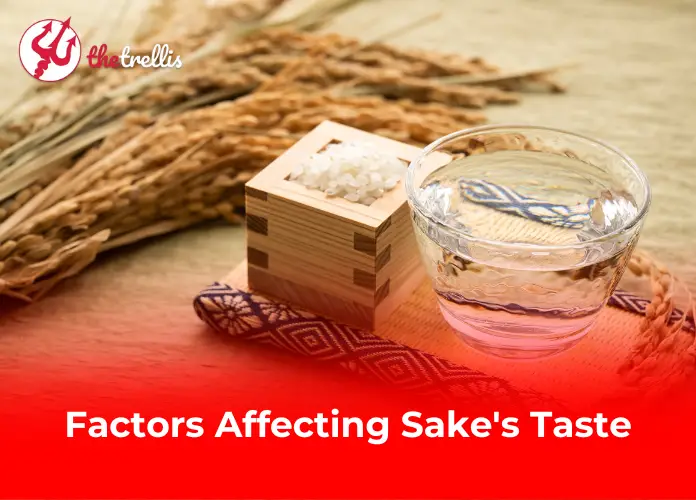
Factors Affecting Sake’s Taste: Rice Polishing Ratio, Water Quality, and Yeast Selection
Rice Polishing Ratio
The degree to which the rice is polished has a significant impact on the final taste.
- Higher polishing (>60% removed)
- Lighter body
- More fruity/floral notes
- Cleaner finish
- More refined character
- Lower polishing (<60% removed)
- Fuller body
- More rice-forward
- Enhanced umami
- Robust character
Water Quality
The mineral content of the water used in brewing can affect:
- Fermentation process
- Final texture
- Overall flavor balance
- Clarity of taste
Yeast Selection
Different yeast strains contribute to:
- Aromatic compounds
- Flavor complexity
- Alcohol content
- Fermentation characteristics
Temperature and Serving Style
Chilled Sake (10°C/50°F)
- Best for:
- Ginjo and daiginjo
- Light, aromatic styles
- Summer drinking
- Modern flavor profiles
Room Temperature
- Balanced expression
- Good for the initial tasting
- Reveals subtle complexities
- Versatile food pairing
Warm Sake (35-45°C/95-113°F)
- Traditional serving style
- Enhances umami
- Smooths out rougher edges
- Perfect for winter
What Does Good Sake Taste Like?
Good sake, regardless of style, should exhibit:
Balance
- No single element dominates
- Harmonious integration of flavors
- Smooth transition from front to finish
- Pleasant mouthfeel
Clarity
- Clean flavor profile
- No off-putting notes
- Clear expression of style
- Proper integration of alcohol
Complexity
- Multiple flavor layers
- Evolving taste experience
- Engaging aroma
- Memorable finish
Signs of Poor Quality
- Vinegar-like tastes
- Musty or moldy notes
- Harsh alcohol burn
- Unbalanced sweetness or acidity
Food Pairing and Sake

Food Pairing and Sake: From Japan to Worldwide
One of sake’s greatest strengths is its food-pairing versatility. The high amino acid content makes it particularly adept at:
Traditional Japanese Pairings
- Sushi and sashimi
- Grilled fish
- Tempura
- Yakitori
Western Cuisine Matches
- Cheese plates
- Grilled meats
- Pasta dishes
- Seafood
Modern Fusion
- Asian fusion cuisine
- Contemporary small plates
- International appetizers
- Creative cocktails
Read more: What does red bull taste like? 101 Innovative Mysterious Taste
Regional Variations
With approximately 1,500 sake breweries across Japan, regional characteristics play a significant role in taste profiles:
Northern Japan
- Crisp, clean styles
- Often drier
- Pronounced rice character
- Good acidity
Central Japan
- Balance of styles
- Traditional methods
- Rich umami
- Complex flavors
Southern Japan
- Fruitier profiles
- Modern techniques
- Experimental styles
- Lighter body
Conclusion
Describing what sake tastes like is akin to painting a picture of an entire landscape—there are countless variations, subtle nuances, and personal interpretations to consider. From the crisp, fruity notes of a premium daiginjo to the rich, umami-laden warmth of a hot junmai, sake offers a spectrum of flavors that can satisfy virtually any palate.
The best way to understand sake’s taste is to experience it yourself, starting with different styles and temperatures to discover your preferences. Remember that sake is not meant to be shot like a spirit but sipped and savored like a fine wine, allowing its complex flavors to develop on your palate.
Whether you’re new to sake or a seasoned enthusiast, there’s always something new to discover in this fascinating beverage. The world of sake continues to evolve, with brewers both honoring traditional methods and experimenting with modern techniques, ensuring that there will always be new flavors and experiences to explore.
Learn More About Grilling
If you want to learn more about grilling, check out these other helpful resources!


